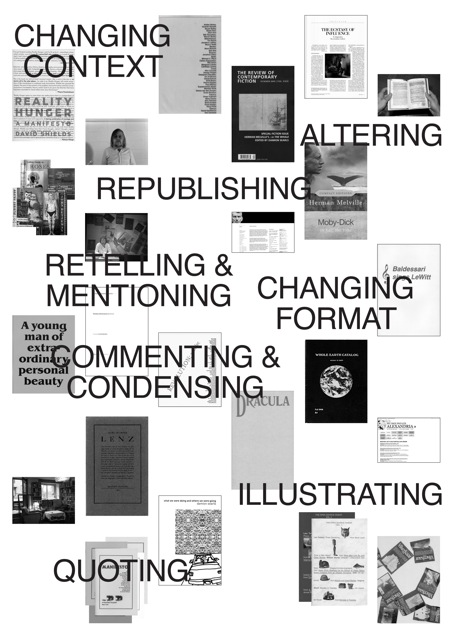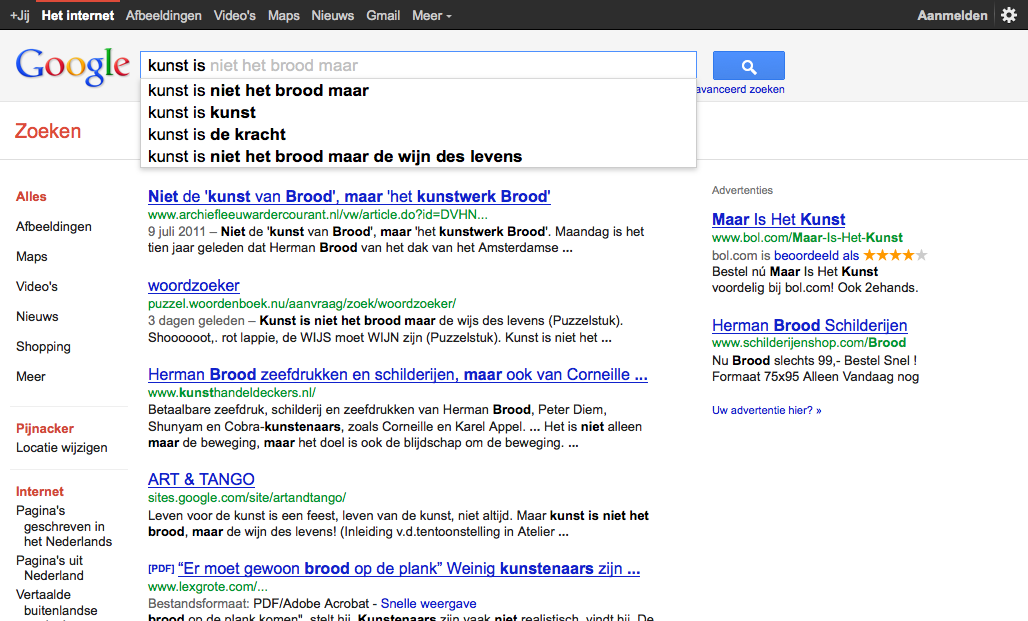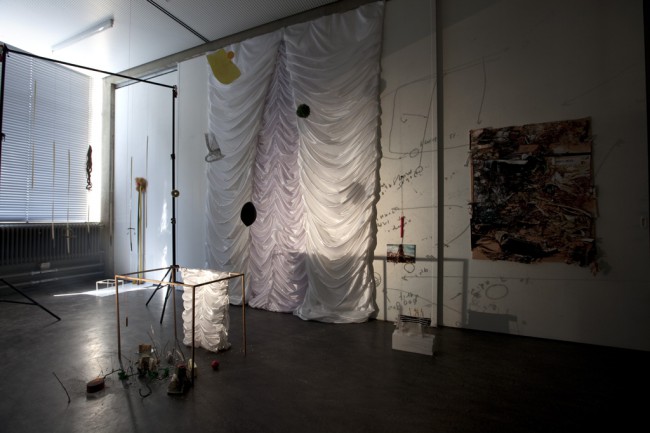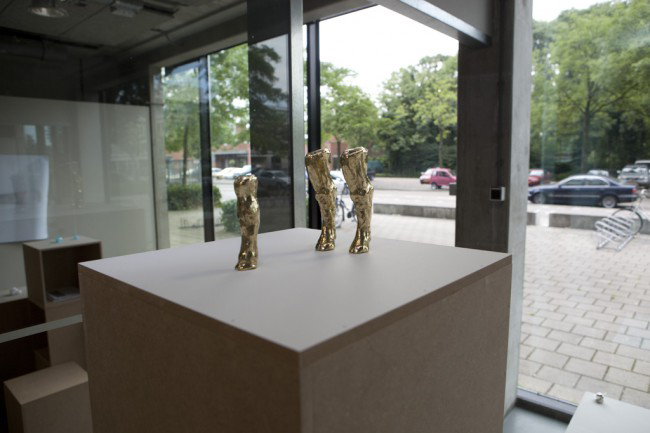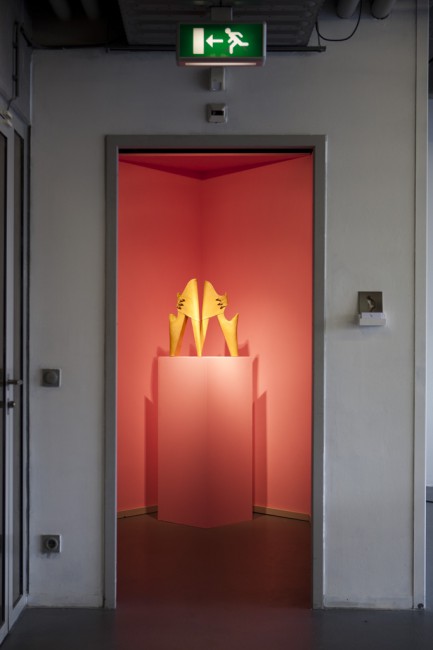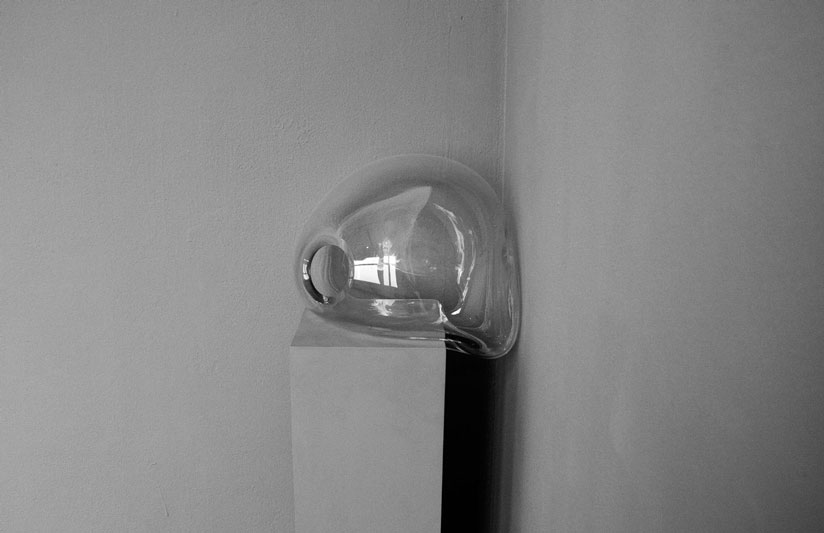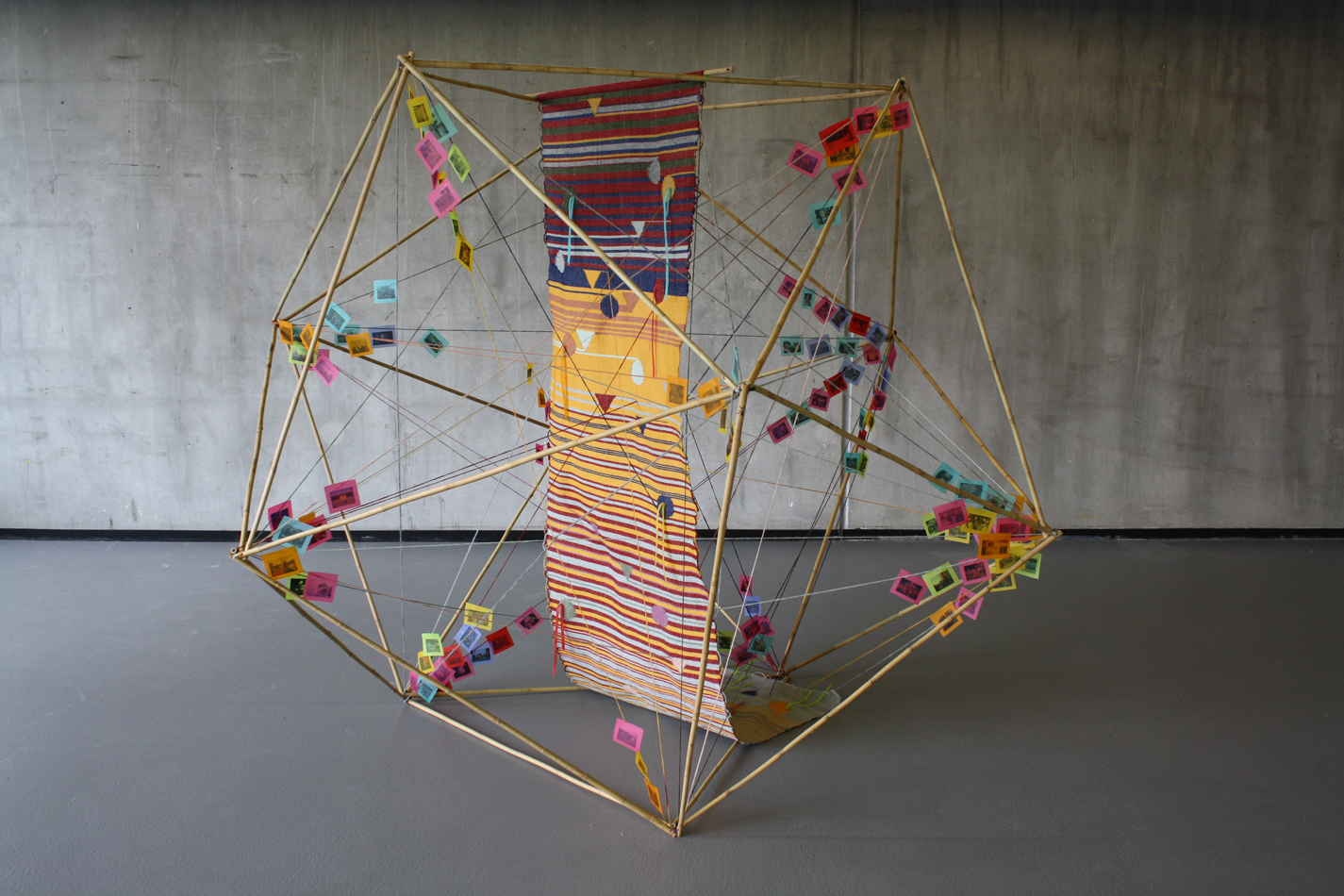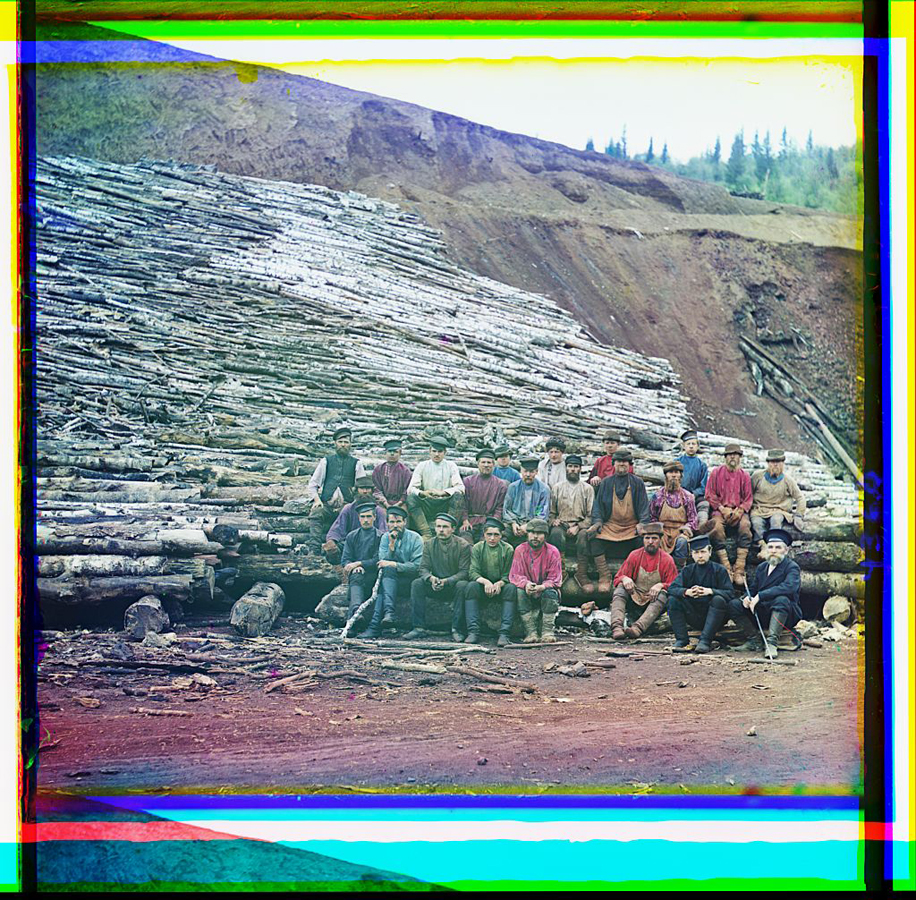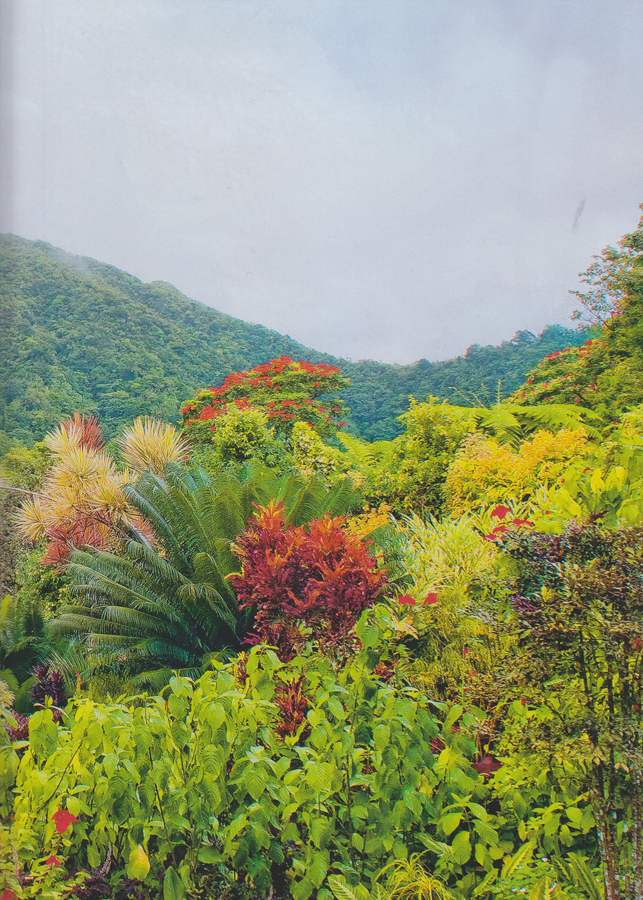[publication of graduation essay by Laura Pappa 2012
In the spotlight is a collection of books and book-related projects that are introduced through the subject of this essay: the erratic life of texts made public. This text takes a look at what happens to books after they’ve been published, and in what forms can they continue their existence. For this a narrative of sorts has been put into practice where at each step texts are subject to more and more deformation and alienation from the original content. This order defined the selection of projects to be introduced as well as the context for their analysis. This curated collection of books is subject to a close study through examining the different ways material can be treated and made use of, weighing the ups and downs of it and defining the core of these projects.
The text is divided into several different chapters titled by the act material is exposed to and under each title a handful of projects are introduced. Aside from individual critique of the selected examples, the text touches upon subjects such as publishing, authorship, appropriation, reading and books in general.
…… Alongside the disappearance of the material, somewhere between sharing and creating, uncommon types of publications and projects emerge that infuse (parts of) existing texts with new layers of information that begin interacting with the chosen content. The additions can be textual, image- or form-based where the selection of the source material can also often have a key role to play. All the models, no matter how simple or perhaps seemingly worthless, provide numerous possibilities for the creation of new publications. Through questioning and implementing the “originals” newer and better formats may emerge.
![]() Download this thesis:
Download this thesis:
[image thesis flyer by Laura Pappa]
from the jury rapport: “The Erratic Life of Text Made Public” by Laura Pappa of the Graphic Design department is an outstanding thesis because it is well written, has a good outline and gives original examples. The thesis describes and researches everything that can happen with a text, which takes flight from Laura Pappa’s own discipline of graphic design. The jury only found one blind spot in the thesis in that it doesn’t question what the – sometimes devastating - effect of the graphic designer him/herself can be on the text. Still it is a remarkable thesis in that it is one of the few that really shows an independent manner of thinking and a train of thought that is taken to its utter consequences.
